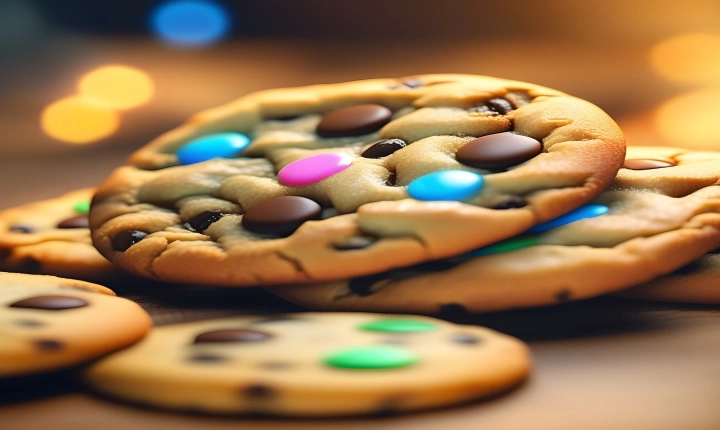Title: How Artificial Intelligence is Revolutionizing the Art World
Artificial intelligence (AI) has made significant strides in recent years, and its impact on the art world is becoming increasingly noticeable. AI is now being used to create art in ways that were once thought to be exclusively in the realm of human creativity. This technology is reshaping the way art is produced, perceived, and appreciated, challenging traditional notions of artistic creation and pushing the boundaries of what is considered art.
One of the most notable ways AI is creating art is through the use of generative adversarial networks (GANs). GANs are a type of neural network that consists of two parts: a generator and a discriminator. The generator creates new pieces of art based on input data, while the discriminator tries to distinguish between the generated art and human-created art. Through this process, the generator learns to create art that is increasingly indistinguishable from human-created art.
This technique has been used to generate paintings, music, and even poetry. Artists and technologists are using GANs to explore new artistic possibilities, creating pieces that challenge the boundaries of traditional artistic techniques and styles. These AI-generated artworks are not simply copies of existing works, but rather unique and original creations that reflect the capabilities and limitations of the AI system itself.
In addition to GANs, AI has also been used to analyze and derive inspiration from existing artworks. By feeding large amounts of artistic data into AI systems, researchers have been able to train algorithms to recognize patterns, styles, and techniques used by artists throughout history. This has led to the development of AI systems that can generate art in the style of specific artists, replicating their unique characteristics and artistic sensibilities.
The implications of AI-generated art are far-reaching. On one hand, it challenges the notion of artistic authenticity and authorship. If a piece of art is created by an AI system, who should be credited as the artist? Should the programmer who created the algorithm be considered the artist, or does the AI system itself deserve recognition? These are complex questions that require careful consideration and could have a significant impact on the art world.
Furthermore, AI-generated art has the potential to democratize the art-making process. By enabling people without formal artistic training to create compelling and visually stunning artworks, AI could open up new avenues for creative expression and participation in the art world. This could lead to a more diverse and inclusive art community, where individuals from all walks of life can showcase their creativity and talent.
However, the rise of AI-generated art also raises ethical concerns and challenges. As AI systems become more proficient at creating art, there is a risk that they could devalue the work of human artists and further exacerbate issues of commodification and commercialization in the art world. Additionally, the potential for AI-generated artwork to be used for deceptive or manipulative purposes, such as creating fake art forgeries, poses significant ethical dilemmas.
Despite these challenges, AI’s impact on art can also be seen as an opportunity to expand the boundaries of creativity and artistic exploration. By leveraging the capabilities of AI, artists can explore new artistic techniques, styles, and concepts that were previously inaccessible. Furthermore, AI-generated art can serve as a source of inspiration and collaboration, leading to new and innovative ways of artistic expression that benefit both artists and audiences alike.
In conclusion, artificial intelligence is revolutionizing the art world by pushing the boundaries of creativity and challenging traditional notions of artistic creation. AI-generated art has the potential to transform the way art is produced, perceived, and valued, and while it presents complex ethical and philosophical questions, it also offers exciting new opportunities for artistic exploration and expression. As technology continues to advance, it will be fascinating to see how AI and art continue to evolve in tandem, shaping the future of creativity and innovation.
